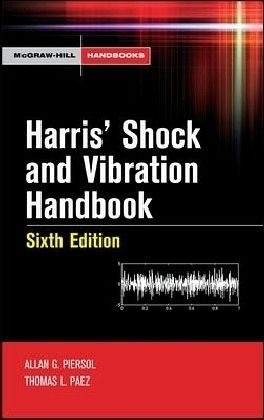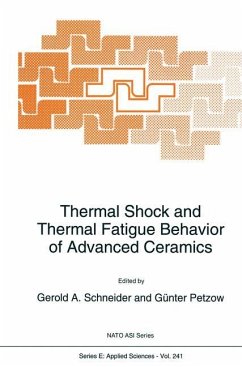
Harris' Shock and Vibration Handbook
Versandkostenfrei!
Versandfertig in 1-2 Wochen
183,99 €
inkl. MwSt.

PAYBACK Punkte
92 °P sammeln!
The classic reference on shock and vibration, fully updated to incorporate the latest advances in the field. Written by a team of internationally recognized experts, this practical and comprehensive handbook provides all the information needed to design, analyze, install, and maintain systems subject to mechanical shock and vibrations. The book covers theory, measurement, testing, design, and control methodologies, and practical applications. The Sixth Edition of Harris' Shock and Vibration Handbook has been extensively revised with 10 chapters replaced with new material. Coverage of waveform ...
The classic reference on shock and vibration, fully updated to incorporate the latest advances in the field. Written by a team of internationally recognized experts, this practical and comprehensive handbook provides all the information needed to design, analyze, install, and maintain systems subject to mechanical shock and vibrations. The book covers theory, measurement, testing, design, and control methodologies, and practical applications. The Sixth Edition of Harris' Shock and Vibration Handbook has been extensively revised with 10 chapters replaced with new material. Coverage of waveform replication and wavelets in shock and vibration testing, and the use of temporal moments to describe an effective duration for shock data is now included.












